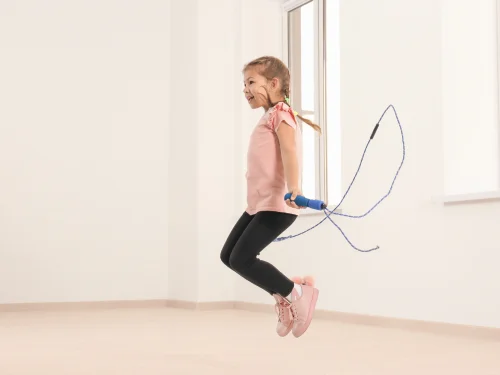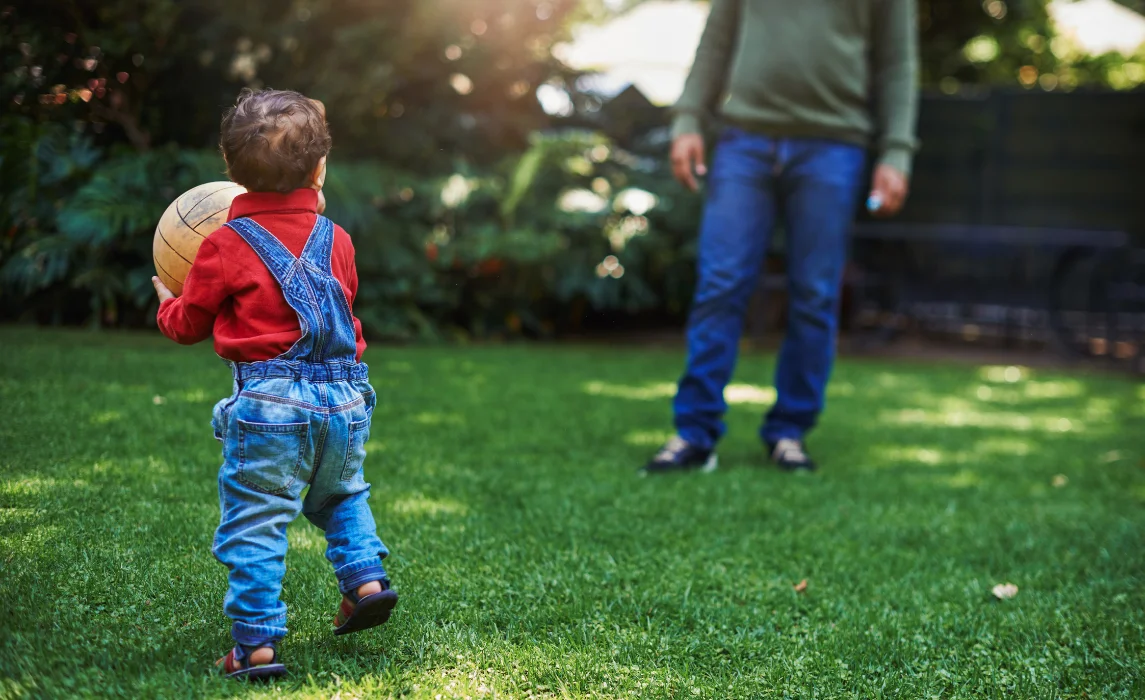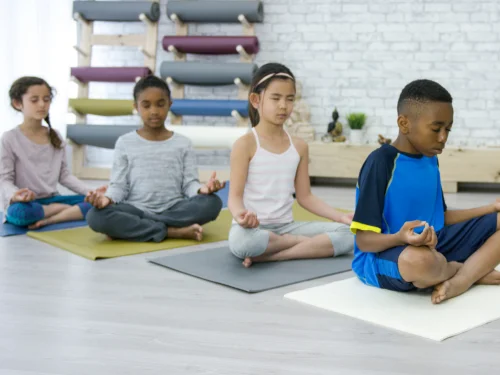15 Gross Motor Activities: Building Strength, Balance, and Confidence in Kids

Yes—finger plays, clapping games, and dance routines that use hand gestures all help. Combine rhythm and repetition for deeper learning.
Send home simple activity ideas, kits, or worksheets. Offer short instructions and encourage family involvement. Regular practice builds lasting progress.
Try origami, sticker scenes, stringing pasta, or painting with Q-tips. Crafts that use small pieces build precision and control.
Gross motor skills are the big, powerful movements we make with the large muscles in our arms, legs, and torso. These include basic actions like walking, running, and jumping, as well as more advanced tasks like climbing, skipping, and playing ball games. The word “gross” here means large, while “motor” refers to movement.
Developing these skills requires coordination between:
- Muscles – for power and strength
- Bones – for structure and support
- Nerves – for communication between brain and body
Gross motor skills are closely linked with balance, coordination, body awareness, and reaction time. They’re essential for both everyday independence and participation in play, sports, and school life.
Why Gross Motor Skills Matter

Strong gross motor skills help children:
- Move confidently and safely in their environment
- Participate in sports and active games
- Develop endurance for school and daily routines
- Support fine motor skills, such as writing or using scissors, through good posture and core strength
Without these skills, kids may struggle with self-care tasks (like dressing), keeping up with peers on the playground, or maintaining attention in the classroom.
How Gross Motor Skills Develop
Gross motor development begins even before birth—babies kick and stretch in the womb. After birth, skills progress in stages:
- Infancy: Lifting the head, rolling over, sitting, crawling
- Toddlerhood: Walking, running, climbing stairs
- Preschool: Jumping, hopping, throwing and catching balls, riding tricycles
- School Age: Skipping, balancing on beams, jumping rope, playing organized sports
Children typically develop these abilities in a head-to-toe pattern—gaining neck and trunk control before leg strength. Milestones provide a general guide, but each child progresses at their own pace.
Signs of Gross Motor Difficulties
.webp)
A child may have gross motor delays if they:
- Reach milestones later than peers (e.g., walking, hopping)
- Appear clumsy or uncoordinated
- Avoid physical play or tire quickly
- Struggle with ball games or playground activities
- Have trouble balancing or following multi-step movement instructions
If these challenges persist, an occupational or physical therapist can assess and support skill development.
Key Building Blocks for Gross Motor Development
- Muscle Strength & Endurance – for sustained movement
- Balance & Coordination – to move smoothly and safely
- Motor Planning – sequencing movements for complex tasks
- Body Awareness – knowing where the body is in space
- Postural Control – keeping the trunk stable for upper and lower limb use
- Sensory Processing – interpreting input from the environment and body
15 Fun Gross Motor Activities for Kids
.webp)
1. Simon Says
A playful way to work on body awareness and movement planning. Include actions like “touch your toes” or “hop on one foot” for variety.
2. Dancing
Encourages rhythm, coordination, and creativity. Songs with actions (like “Hokey Pokey”) build listening and movement skills.
3. Animal Walks
Bear crawls, crab walks, or frog hops strengthen muscles and improve coordination.
4. Obstacle Courses
Use pillows, tunnels, and chairs to create indoor or outdoor challenges that combine climbing, crawling, and balancing.
5. Hopscotch
Improves balance, hopping, and sequencing. Start simple, then add variations like single-leg hops.
6. Balance Beam
Walk along a chalk line, curb, or low beam to strengthen core and ankle stability.
7. Throwing and Catching
Start with large, soft balls and progress to smaller sizes for improved hand-eye coordination.
8. Gardening
Pulling weeds, carrying watering cans, and digging all build strength and endurance.
9. Racetrack Ride
Draw a chalk track for bikes or scooters, encouraging steering and motor planning.
10. Sidewalk Chalk Twister
Draw colored circles, then call out which hand or foot goes where—great for balance and flexibility.
11. Monkey Bars
Boosts upper body and core strength, as well as grip endurance.
12. Wheelbarrow Walking
A partner holds the child’s legs while they “walk” on their hands—excellent for arm strength and coordination.
13. Backyard Ball Games
Soccer, basketball, or balloon volleyball enhance balance, coordination, and reaction time.
14. Nature Walks
Climbing over logs, stepping on rocks, and running on grass or sand strengthen the lower body.
15. Jump Rope
Improves timing, rhythm, endurance, and bilateral coordination.
You May Also Like: 20 Indoor Physical and Dexterity Challenges for Kids: Fun, Movement, and Skill-Building All Year Round
Helping Children Succeed
.webp)
To support gross motor development:
- Break skills into smaller steps
- Offer lots of practice in fun, low-pressure settings
- Gradually increase difficulty as skills improve
- Provide safe spaces for active play
- Encourage participation in varied activities
Early and consistent practice not only strengthens the body but also builds confidence, social skills, and a lifelong love of movement.
You May Also Like: Force and Motion for Kids: 10 Fun Activities with Pushes, Pulls, and More!
Final Thoughts
.webp)
Gross motor activities aren’t just about exercise—they’re about helping children explore their world, develop independence, and build the foundation for more complex skills. Whether through structured games or everyday play, supporting these skills gives children the tools they need for a healthy, active future.
You May Also Like: 10 Fun Writing Activities for Kids: Spark Creativity, Build Skills, and Enjoy the Process




